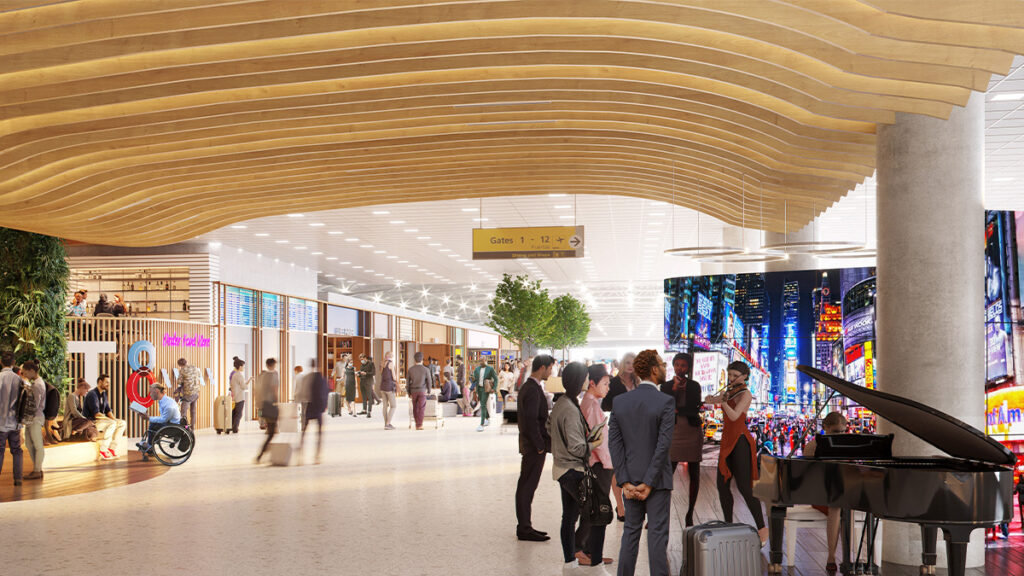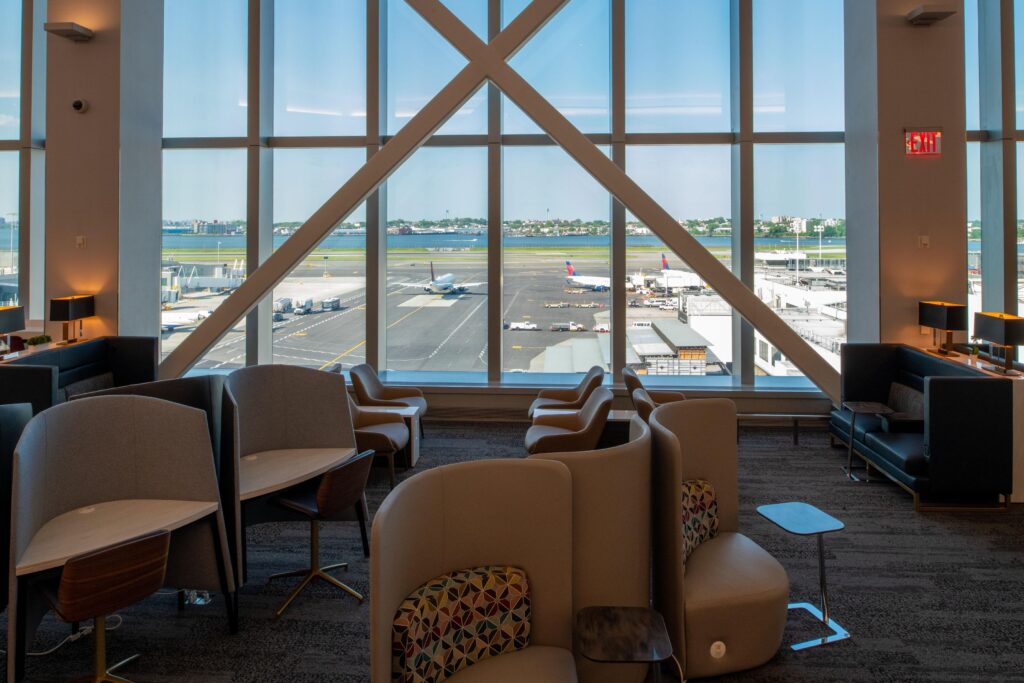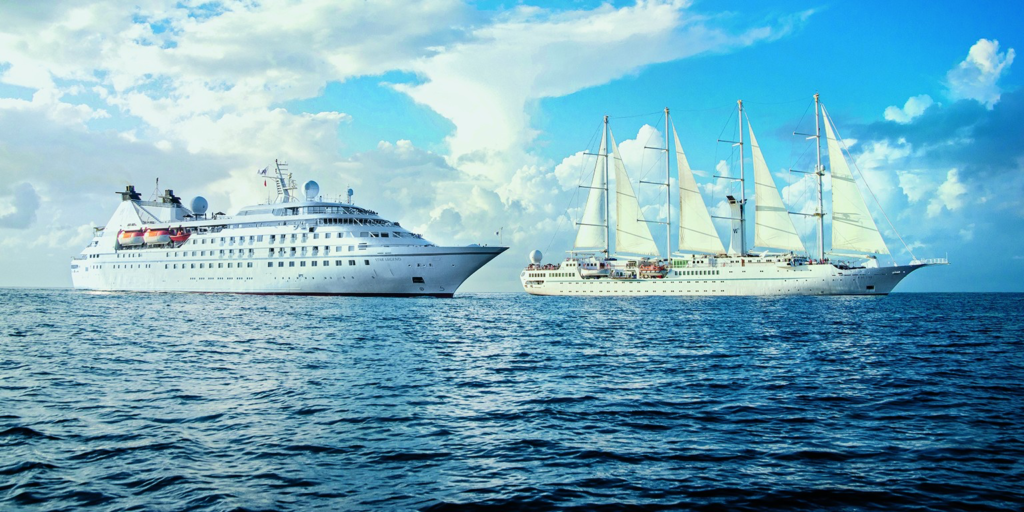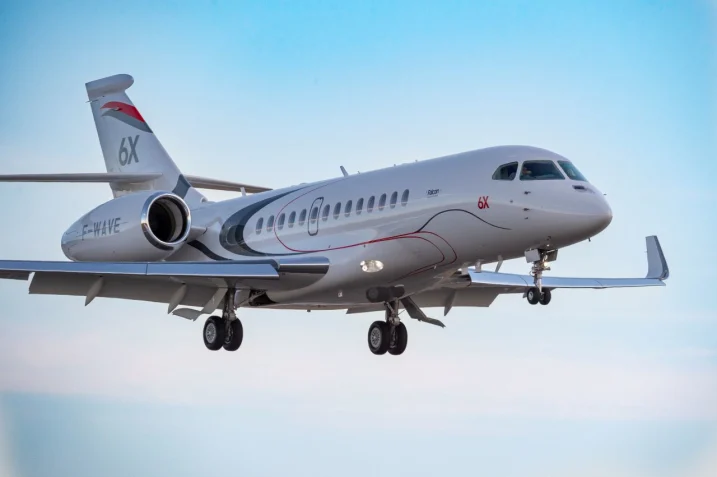TUI River Cruises launches Nile River cruise with fourth ship the TUI Al Horeya
TUI (London: TUI) River Cruises has announced a brand-new River Nile cruise set to commence in Winter 2024 with exclusive TUI charter flights to Luxor from London Gatwick and Manchester Airports. The exciting expansion means…









